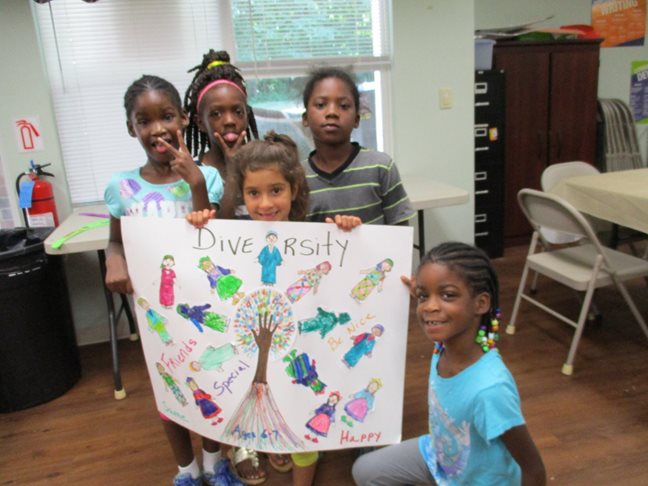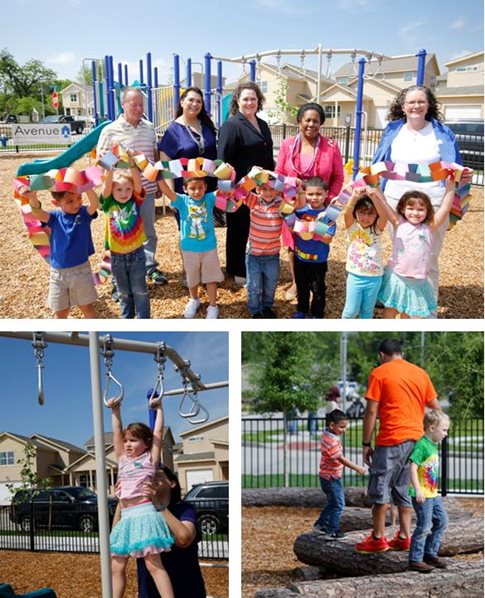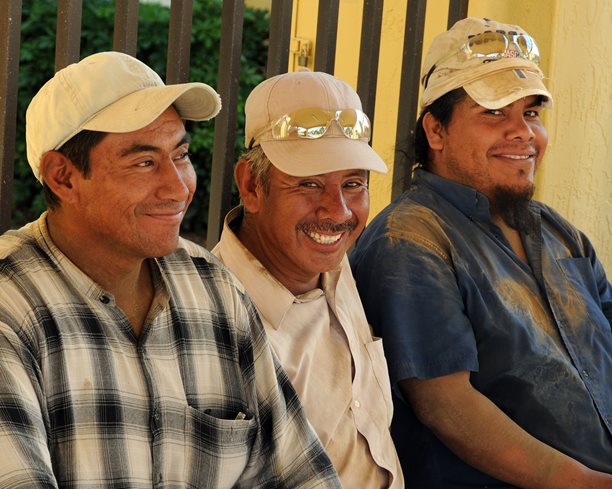In 2014, NeighborWorks America launched its Catalytic Grant Program to demonstrate that measurable results at the community level could be exponentially increased with comprehensive, cross-sector, resident-driven approaches to revitalizing places. Grants of $125,000-$500,000 each were awarded to 14 organizations across the country, and the funds were supplemented with technical assistance and peer networking. Eighteen months later the results were in: success.
The work of each of the participating organizations, and the results achieved, can be viewed in the full report. Below are some of the lessons learned that can serve as a guiding light for all nonprofits and partners working in the community-development space:
Take a comprehensive approach
One of the greatest lessons of the Catalytic Grant Program has been that “comprehensive” is key to the success of place-based approaches. That means addressing a community’s physical features, quality of life and economic development in one, coordinated strategy. Thus, for this program, NeighborWorks America selected organizations that had either demonstrated they already were doing this type of multifaceted work or had the capacity to expand.Groups that have already expanded beyond housing tend to have an easier time implementing a comprehensive approach. However, while there is a learning curve for organizations that have historically focused exclusively on delivering housing-related services, the process allows them to expand their reach, engage with local leaders at a higher level and bring about real change .
“The Catalytic Grant allowed us to think and act big,” says Stacie Desper, grant manager and resident service coordinator for The Summit, a property of Community Housing Partners in Hopewell, Virginia. “We could have just focused on our own residents. But to really effect change, we needed to think more broadly to be part of the conversation with key players.”

Target and partner
The choice of a target area is one of the most important decisions for place-based approaches. The area can be a very large to maximize opportunities or a just a couple of blocks to concentrate impact. Lessons include:- Build on your organization’s strengths, including your existing relationships in a community. Partners matter; grantees found they could not do the needed work alone. Choose a neighborhood where a number of partners with a similar outlook are ready to come together around a common purpose. Public-private partnership tend to be among the strongest such relationships in terms of sustainable results.
- Research your housing and commercial markets and choose the right strategies for local conditions. While most grantees focused on stabilizing and improving local housing markets that had weakened during the recession, others focused on how to retain affordable opportunities in fast-appreciating markets.
Build sustainable leadership from the beginning
In addition to strong senior-management buy-in and vision, comprehensive, place-based approaches depend on resident leadership. Thus, grantees were required to nurture, support and train local leaders. The goal was to empower neighborhood partners to become the “social glue” that sustains resident confidence and encourages grassroots leadership.For example, Avenue CDC in Houston learned it is essential to quickly transition to action and put residents at the center. Formal civic clubs and associations had faltered in its targeted neighborhoods, so GO teams became the action takers. The teams were formed around resident-identified interests, and staffed by those who “nominated” the priorities--ensuring passion and commitment. Today there are about 20 GO teams in the Near Northside neighborhood, ranging in focus from safety, to housing, to youth.

Set upfront outcome measures
Long-term, neighborhood-level outcome metrics for each initiative were established based on their goals and the budget. NeighborWorks’ Success Measures tools were particularly helpful.Of course, not all factors required for success are controllable. In areas like Charlotte or Houston with fast-growing economies, physical, social and economic outcomes are necessarily dependent on the larger regional economies. Jenifer Wagley, Avenue CDC’s deputy director, also points out that outcomes and success can be measured in many different ways. For example, the organization’s work using the Catalytic Grant gave them the experience and reputation needed to attract a three-year grant from a new funder and expand into a second neighborhood. “We’ve more than doubled the population we are serving with this expansion,” she says.
Leverage funding for sustainability
One of the hallmarks of the Catalytic Grant Program was a focus on building capacity for a program that both leveraged existing resources and provided a platform for raising additional funds. Thus, communities were selected that had a proven track record of leveraging funds and building successful partnerships. NeighborWorks America provided assistance through a number of means to bolster long-term success.In a survey of grantees, the vast majority said the program “helped in a significant way” to “strengthen the organizations’ capacity to design, implement and measure the impact of their collaborative approach to community transformation.”
“Our [Catalytic Grant work] resulted in new financing opportunities, such as our $4.9 million acquisition and rehabilitation of Timber Ridge at Sanders Pines, a 75-unit expired LIHTC rental community,” notes Steve Kirk, president Rural Neighborhoods, Inc. “Our emerging role as the ‘revitalization quarterback’ in a neighborhood in the northeast corner of rural Immokalee, Florida, also opened up opportunities for us to absorb several fragile, at-risk nonprofit housing organizations and take over a $5.3 million, 48-unit USDA Rural Development rental property, three scattered-site homes valued at $450,000 and 25 acres of commercial, multi-family and single-family lots at one-tenth the cost.”

Plan and prioritize
The Catalytic Grant Program required a plan be created to guide each recipient’s work. About half of the grantees based their work on plans completed previously, while the other half created new ones. The planning process provided an efficient way to develop goals with residents and build a document that could guide the future of each community.

